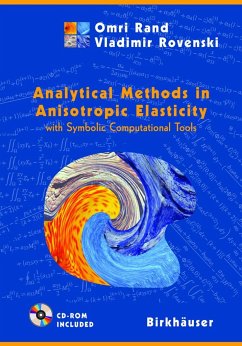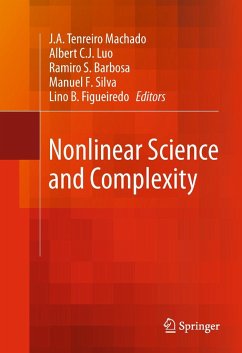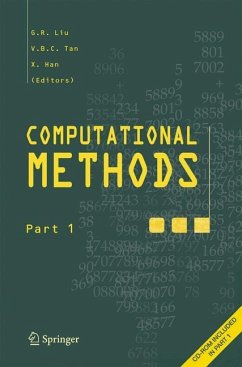
Analytical Methods in Anisotropic Elasticity
With Symbolic Computational Tools

PAYBACK Punkte
26 °P sammeln!
This comprehensive textbook/reference focuses on the mathematical techniques and solution methodologies required to establish the foundations of anisotropic elasticity and provides the theoretical background for composite material analysis. Specific attention is devoted to the potential of modern symbolic computational tools to support highly complex analytical solutions and their contribution to the rigor, analytical uniformity and exactness of the derivation.
Analytical Methods in Anisotropic Elasticity will appeal to a broad audience involved in mathematical modeling, all of whom must have good mathematical skills: graduate students and professors in courses on elasticity and solid-mechanics labs/seminars, applied mathematicians and numerical analysts, scientists and researchers. Engineers involved in aeronautical and space, maritime and mechanical design of composite material structures will find this an excellent hands-on reference text as well. All will benefit from the classical and advanced solutions that are derived and presented using symbolic computational techniques.
Analytical Methods in Anisotropic Elasticity will appeal to a broad audience involved in mathematical modeling, all of whom must have good mathematical skills: graduate students and professors in courses on elasticity and solid-mechanics labs/seminars, applied mathematicians and numerical analysts, scientists and researchers. Engineers involved in aeronautical and space, maritime and mechanical design of composite material structures will find this an excellent hands-on reference text as well. All will benefit from the classical and advanced solutions that are derived and presented using symbolic computational techniques.














